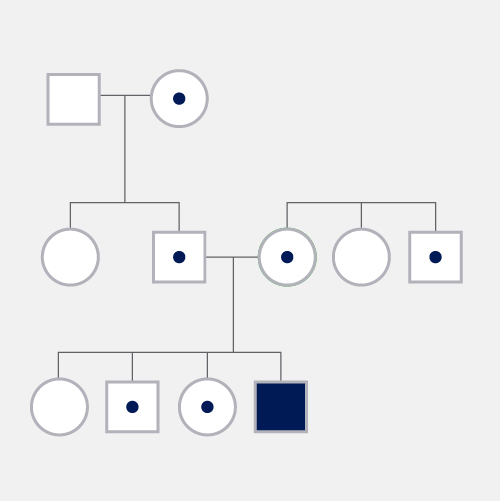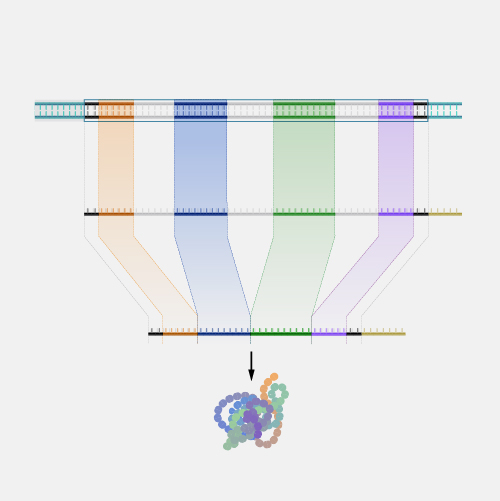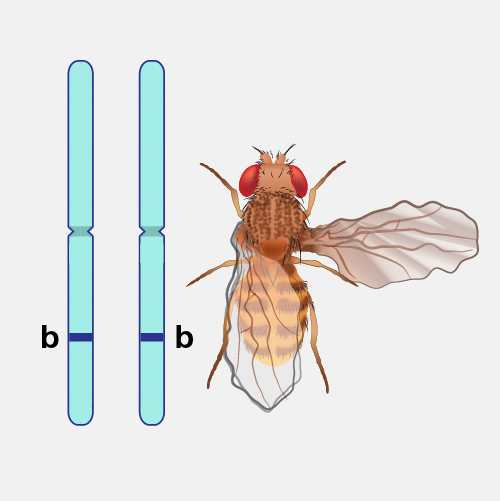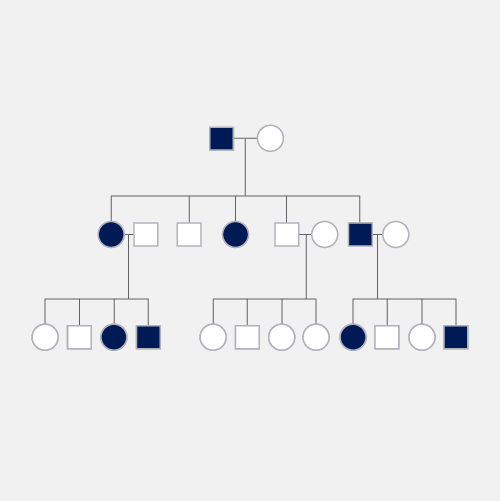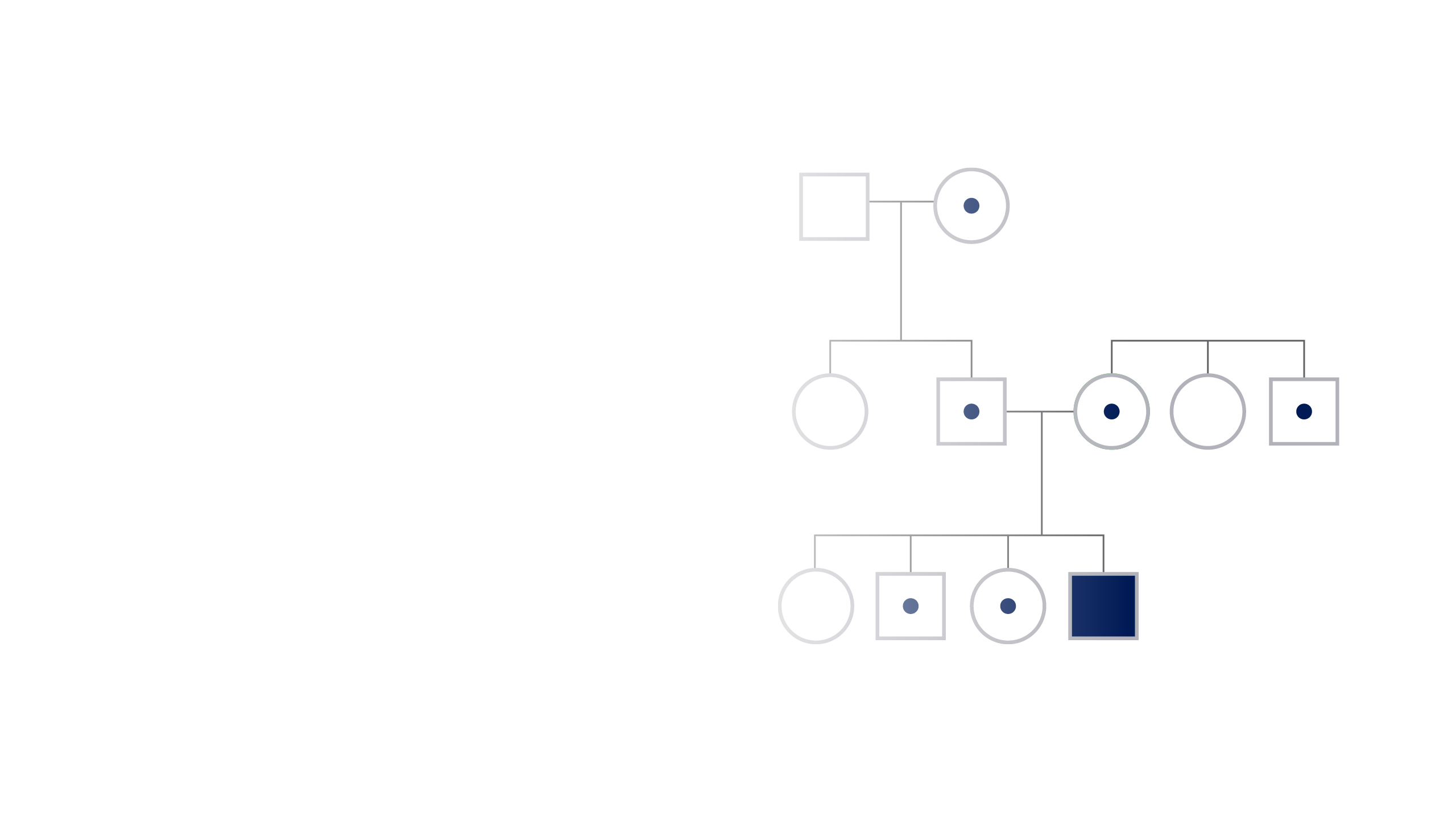
Recessive Traits and Alleles
Definition
Recessive, as related to genetics, refers to the relationship between an observed trait and the two inherited versions of a gene related to that trait. Individuals inherit two versions of each gene, known as alleles, from each parent. In the case of a recessive trait, the alleles of the trait-causing gene are the same, and both (recessive) alleles must be present to express the trait. A recessive allele does not produce a trait at all when only one copy is present. This contrasts to a dominant trait, which requires that only one of the two alleles be present to express the trait.
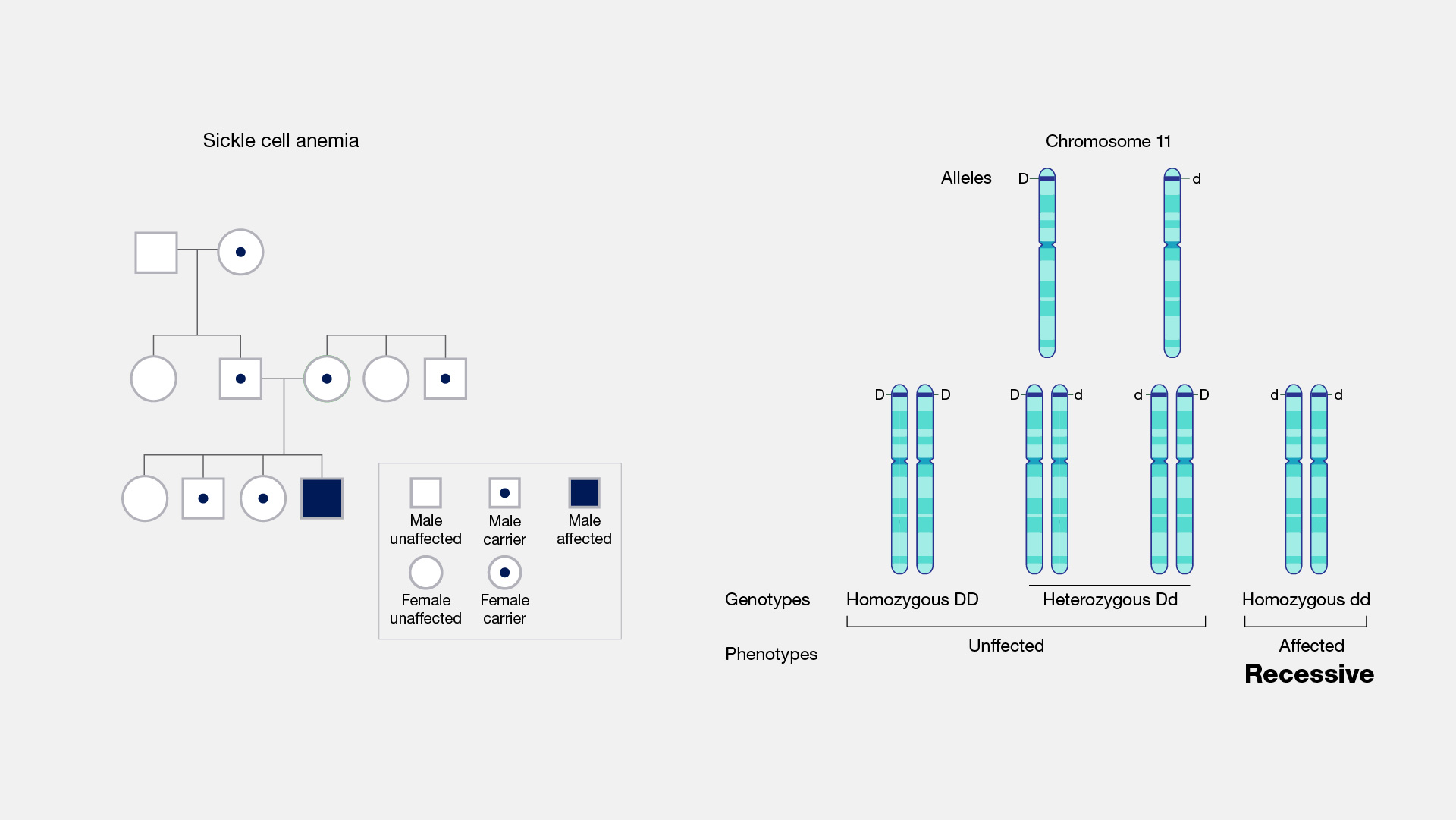
Narration
Recessive Traits and Alleles. For most genes, except those on parts of the X-chromosome in men, we have two copies, one from our mother and one from our father. For any specific gene, one or both copies can have changes that result in the gene not working properly. For many genes, the body can tolerate a problem with one copy that is not working, but not both. In other words, as long as you have at least one working copy, you have enough for your cells to work normally. However, if both copies are damaged, the cell can't function normally. This may cause anything from a change in hair color to a difficult health problem. Recessive traits follow this pattern. Carriers have one gene copy with a problem, but have enough leftover function from the other copy for normal cell function. People with two altered genes are missing whatever cell function is associated with the gene. Dominant traits occur when either half of the normal gene function is not enough, or when the change to a single copy causes new damaging effects to the cell that the normal gene does not.


